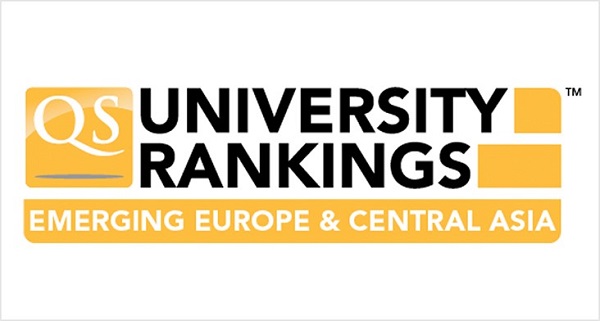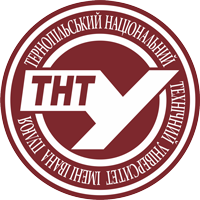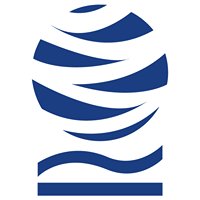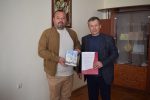
For the first time Ternopil Ivan Puluj National Technical University was included in the regional part of one of the three most prestigious world rankings “QS University Rankings: Emerging Europe and Central Asia (EECA) 2022” (ranking of universities of developing European countries and Central Asia).
QS World University Rankings (firstly published in 2014) is a global investigation and ranking of the best higher education institutions in the world value of their achievements in education and science. The ranking is calculated according to the methodology of the British consulting company Quacquarelli Symonds (QS).
The main purpose of the QS World University Rankings is to help students to choose leading universities around the world. The QS EECA University Rankings – is a part of a ranking, which evaluates the work of higher education institutions in Eastern Europe and Central Asia. This year, the ranking includes 450 universities, including 41 universities from Ukraine.
In 2022, Ternopil Ivan Puluj National Technical University was included in the 300 best universities in the QS EECA University Rankings 2022.

The highest indicator in the university ranking is the indicator of the ratio of the number of scientific and pedagogical staff and students (60 points out of 100) and the number of employees with a degree (43.6 out of 100), the average indicators are the index of the share of foreign students (16.6 out of 100) and impact University on the Internet – a place in the Webometrics rankings (16 out of 100).
The rating is formed according to 10 indicators in four areas:·
- research;·
- teaching;·
- employment;
- internationalization.
QS EECA ranking indicators:
- Academic reputation (30%).
- Reputation among the employers (20%).
- The ratio of the number of scientific and pedagogical staff and students (10%).
- Number of publications per one employee (10%).
- International scientific relations (10%).
- Influence of the university on the Internet (5%).
- Part of employees with a scientific degree (5%).
- Number of citations per article (5%).
- Part of foreign employees (2.5%).
- Part of foreign students (2.5%).
Each of these indicators has a different weight for calculating the overall score of the university, its position in the ranking. 8 indicators are based on objective quantitative data, 2 – on global surveys of the scientists and employers.
Academic reputation (30%). Calculated using a global survey in the scientific and educational environment. Specialists point out universities that are well distinguished in the field of research and teaching. Respondents participating in the survey cannot vote for their university. Data analysis uses different regional coefficients to smooth out differences between countries.
Reputation among the employers (20%). Calculated using a survey. Employers identify universities with the best, most competitive graduates. Data analysis uses different regional coefficients to smooth out differences between countries.
The ratio of the number of scientific and pedagogical staff and students (10%). This indicator shows the success of the university in providing high standards of scientific and educational support for both students studying in small groups and for individual learning.
Number of publications per one employee (10%). Calculated on the basis of the Scopus database and demonstrates the level of productivity of research, depending on the number of articles published by an average of one employee. The index is being adjusted for the language of the publication, the group of sciences, the number of authors, the country’s productivity in a particular field of knowledge, and others.
International scientific relations (10%). The international openness of research activities of universities, their interaction with other universities in different countries is evaluated.
Influence of the university on the Internet (5%). Calculated on the basis of the Webometrics ranking to identify the level of the university’s presence on the Internet, which is one aspect of the university’s commitment to international communication and interaction.
Part of employees with a scientific degree (5%). The number of employees with a PhD degree or its equivalent is taken into account. This parameter is the main advantage of leading universities, the calculation of the part of scientific and pedagogical staff of this level is an important element in the formation of the ranking.
Number of citations per article (5%). Calculated on the basis of the Scopus database to assess the level of impact of scientific research at the university. Taken into account the number of articles quoted by other researchers around the world.
Part of foreign employees (2.5%). Calculated as the ratio of the number of foreign employees to the total number of university employees. The calculation takes into account foreign employees who have worked at the university for at least three months in the analyzed year.
Part of foreign students (2.5%). Calculated as the ratio of the number of foreign students to the total number of students at the university. The purpose of the last two indicators – assessment of the degree of success of the university in attracting scientists and students from other countries.

 Member of European University Association
Member of European University Association







